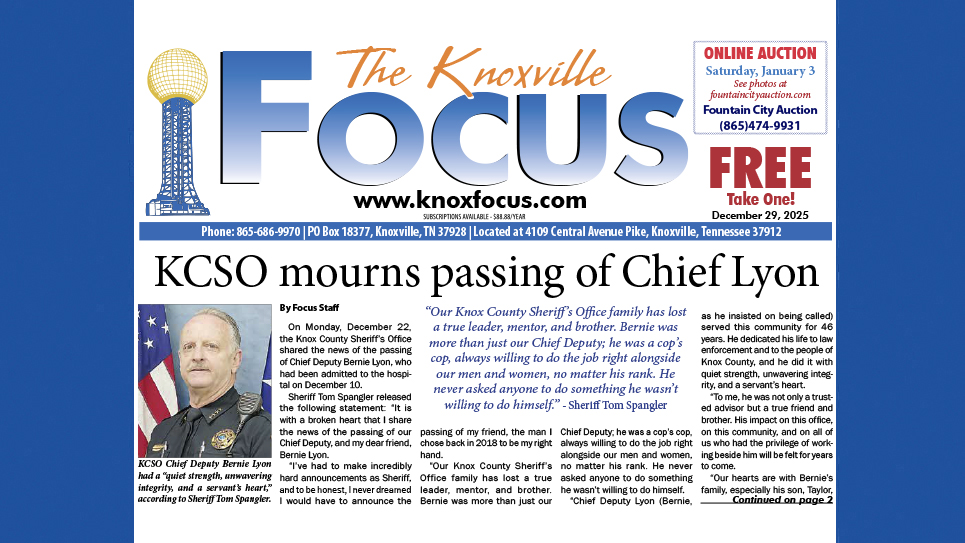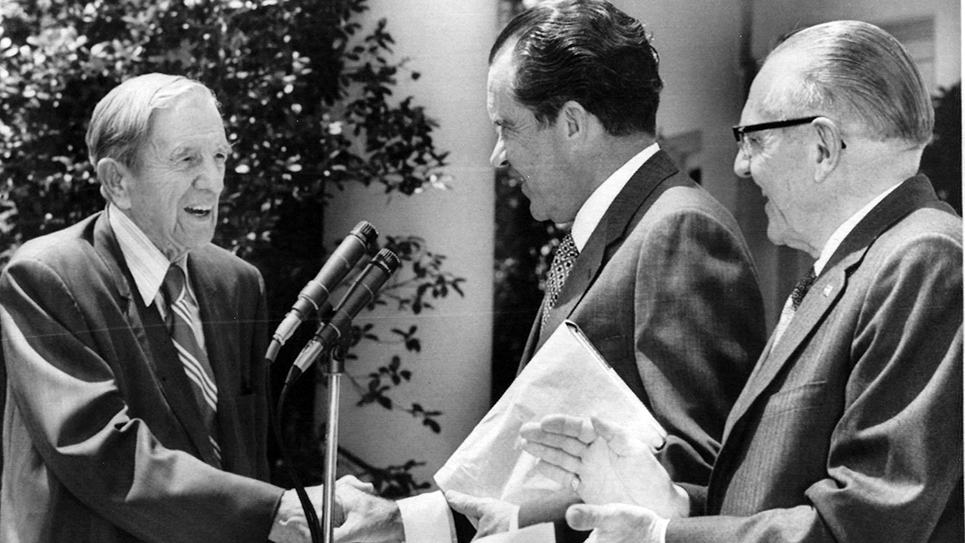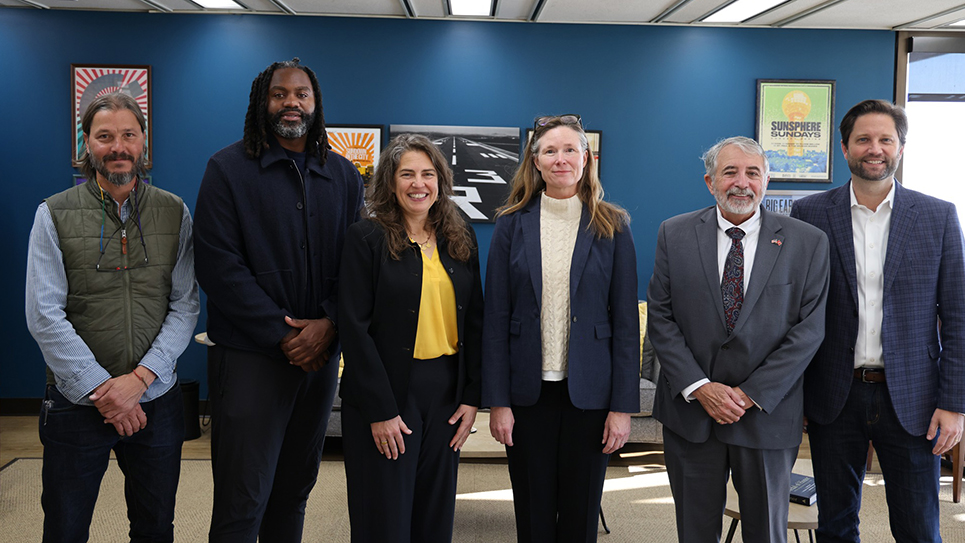The Disparities in Educational Outcomes Committee met recently at Fulton High School. Much of this has to do with implementing restorative justice in the drive to decriminalize certain behaviors. The policy originated with the Obama administration’s pressure on school districts to revise discipline policies to reduce the number of suspensions for students of color. Max Eden, a senior fellow at the Manhattan Institute authored a report, “School Discipline Reform and Disorder” which cites data from the New York City school system over a period of four years, 2012 – 2016. Eden explains the policy plainly in language just about anyone can understand: “The new discipline imposed on public schools is called restorative justice. Rather than punish a student through exclusion (suspension), restorative justice encourages the student who has misbehaved to reflect on his behavior, take responsibility and resolve to behave better in the future.” The outcome, according to Eden, is not what one might expect. Max Eden comes to the conclusion the new policy has led to “increased violence, drug use and gang activity.” Examining the New York City Survey of teachers and students indicate violence has increased in 50% of schools, while only decreasing in 14% of schools. Similarly, gang activity has increased in 39% of schools and decreased in 11%; use of drugs and alcohol has increased in 37% of schools, while decreasing in 7% of schools.
Lest one think the results are reflective only of New York City, Eden cites experiences in other school systems. A teacher in Chicago was quoted by the Chicago Tribune that the new restorative justice policy created “a totally lawless few months” at her school; another educator in the Denver school system reported to the publication Chalkbeat the new discipline policy resulted in instances where students had either threatened harm or to kill teachers “with no meaningful consequences…” An educator in Oklahoma City said after discipline policy was revised there under increasing pressure from the Obama administration, “we were told that referrals would not require suspension unless there was blood.” Eden cited yet another Oklahoma City teacher saying, “Students are yelling, cursing, hitting and screaming at teachers and nothing is being done but teachers are being told to teach and ignore the bad behavior. These students know there is nothing a teacher can do. Good students are suffering because of the abuse and issues plaguing these classrooms.” A teacher in Buffalo, New York who had been kicked in the head by a student was quoted as saying, “We have fights here almost every day. The kids walk around and say, ‘We can’t get suspended – – – we don’t care what you say.” John Choi, Ramsey County attorney in St. Paul, Minnesota, notes assaults against teachers doubled from 2014 – 2015. A former educator from Philadelphia testified before the U. S. Commission on Civil Rights he was told by a student, “I’m going to torture you. I’m doing this because I can’t be removed.”
Of course all of this is swept under the rug in conversations about restorative practices. Teachers begin the process by being told they inherently have biases, which make them incapable of meting out fair treatment of students. Locally, the school administration routinely points to the example of South-Doyle Middle School as a success story for restorative practices. Admittedly, South-Doyle Middle School was a travesty; fully 2/3 of the teachers at South-Doyle Middle School retired or left due to the lack of discipline and other problems over a short period of time. For those knowledgeable about the situation, few believe restorative practices had much to do with turning the school around and most give the credit to principal Andrew Brown. Clearly, Andrew Brown is living proof the absolute difference a truly good principal can make. Unfortunately, the Knox County School system publicly likes to give less credit to Brown’s leadership than its own revised discipline policy.
In all of this mess the one thing that seems to be forgotten is educating the children. The focus is less on educating children than social engineering and the perception of social justice. This might be forgivable if academic achievement in our schools were at a pinnacle of success. Nor is there any consideration of the fact the learning of other students is undermined by troublemakers who are the direct beneficiaries of a foolish policy. We’re told they are victims, while ignoring the fact many of these students have perpetrated acts of violence upon other students and teachers. All too often our schools are being smothered by self-appointed social justice warriors who care little or nothing about the quality of education and schools districts are expected to cure every social ill under the sun. School districts are expected to resolve problems that families and parents apparently cannot. These policies have little to do with education and absolutely nothing to do with justice.







